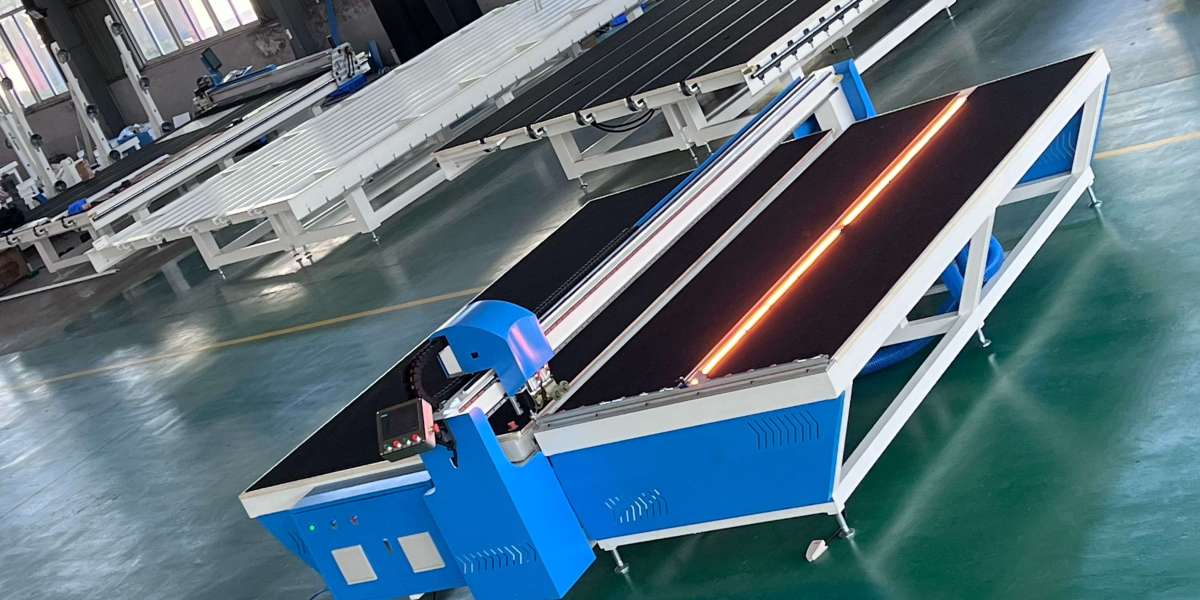Concentric cable plays a vital role in modern electrical infrastructure, offering a durable, organized, and efficient solution for a wide range of power distribution needs. This article dives deep into the anatomy, applications, types, and selection criteria of concentric cables—essential for engineers, contractors, and system designers looking to enhance performance and safety in electrical systems.
? What Is a Concentric Cable?
Concentric cable is an electrical cable in which conductors are arranged concentrically—typically with a central core conductor surrounded by multiple layers of helically wound neutral or ground conductors. These cables are primarily used in low- and medium-voltage electrical distribution.
? Structure of Concentric Cable
A concentric cable typically comprises the following layers:
| Component | Function |
|---|---|
| Central Core Conductor | Carries the electrical current (usually copper or aluminum) |
| Insulation Layer | Electrically isolates the conductor (often XLPE or PVC) |
| Neutral Wires | Helically wound around the insulation for grounding |
| Binding Tape (optional) | Adds mechanical stability to the winding |
| Outer Sheath | Protects against environmental and mechanical stress |
This concentric construction provides superior mechanical strength and facilitates fault current return paths in power systems.
⚙️ Types of Concentric Cables
Choosing the right type depends on voltage level, application, and installation environment. Common types include:
Low Voltage Concentric Cable (up to 1kV)
Used in residential and commercial building wiring.Medium Voltage Concentric Cable (1kV to 35kV)
Suitable for underground and overhead distribution.ABC Cable (Aerial Bundled Conductor with Concentric Neutral)
Used for overhead service connections in utility grids.Split Concentric Cable
Has separated sections for neutral and earth conductors—popular in metering.
? Key Benefits of Concentric Cables
Here are some of the top advantages:
Enhanced Safety
The outer concentric neutral acts as a protective layer, minimizing electrical shock hazards.Fault Detection Simplicity
Due to its uniform construction, identifying faults is faster and more reliable.Space-Efficient Design
Its compact, layered structure saves space in ducts or raceways.Superior Mechanical Strength
The spiral-wound neutral wires offer robust resistance to external pressure and bending.Cost-Effective for Utilities
Reduced installation and maintenance costs due to easier handling and increased durability.
⚡ Common Applications of Concentric Cable
| Application Area | Description |
|---|---|
| Utility Grid Connections | Used for service drops and underground mains |
| Smart Meter Installations | Supports accurate and secure energy measurements |
| Renewable Energy Systems | Facilitates connection from solar/wind setups to main power lines |
| Building Distribution | Used in rising mains and sub-main circuits |
| Street Lighting and Signage | Ensures safe and efficient power delivery in public infrastructure |
? How to Select the Right Concentric Cable
Choosing the proper concentric cable involves assessing several factors:
✅ Voltage Rating
Ensure the cable’s voltage class matches your system's operating voltage.
✅ Conductor Material
Copper: Offers higher conductivity, ideal for compact spaces.
Aluminum: Lightweight and cost-effective, suitable for long-distance runs.
✅ Insulation Type
XLPE (Cross-linked Polyethylene): High thermal resistance.
PVC (Polyvinyl Chloride): Good for general use, budget-friendly.
✅ Installation Conditions
Indoor or outdoor?
Underground or overhead?
Exposure to chemicals, UV, or moisture?
✅ Regulatory Compliance
Verify that the cable meets relevant standards such as IEC, BS, or UL for safety and performance.
?️ Installation Guidelines
Bend Radius: Follow the manufacturer’s recommended minimum bend radius to avoid damage.
Support and Fastening: Use appropriate cleats and spacers for long runs.
Earthing: Ensure the concentric neutral is properly grounded.
Moisture Barriers: In damp environments, use cables with moisture-blocking sheaths.
? Technical Specifications Snapshot
Here’s a technical overview of a typical low-voltage concentric cable:
| Parameter | Specification |
|---|---|
| Conductor Material | Aluminum or Copper |
| Insulation Material | XLPE / PVC |
| Operating Voltage | 600/1000V |
| Operating Temperature | -20°C to +90°C |
| Outer Sheath | PVC or Polyethylene |
| Neutral Conductor | Helically wound, copper/aluminum |
| Standard Sizes Available | 10mm² to 300mm² |
❓ Frequently Asked Questions (FAQs)
Q1: Is concentric cable suitable for underground installations?
Yes, especially those with robust outer sheaths and water-resistant insulation. It’s widely used for underground mains and feeder cables.
Q2: What’s the difference between concentric and eccentric cables?
Concentric cables have a central core with symmetrical surrounding layers, while eccentric cables may have asymmetrical arrangements. Concentric designs provide better balance and mechanical performance.
Q3: Can concentric cables be used for 3-phase systems?
Absolutely. Multi-core concentric cables are designed for three-phase low-voltage systems and offer simplified grounding and improved short-circuit performance.
Q4: Why are concentric neutrals helically wound?
Helical winding improves flexibility, mechanical strength, and allows easier cable bending without conductor damage.
Q5: Are concentric cables fire-resistant?
Depending on the sheath and insulation, many concentric cables are available in fire-retardant and low-smoke halogen-free (LSZH) variants for enhanced safety.
? Comparison Table: Concentric Cable vs. Traditional Cables
| Feature | Concentric Cable | Traditional Cable |
|---|---|---|
| Neutral Positioning | Surrounds core conductor | Separate conductor |
| Fault Protection | High (encloses energized conductor) | Moderate to low |
| Installation Flexibility | Moderate to High | Moderate |
| Size Efficiency | High (compact structure) | Low to moderate |
| Short-Circuit Safety | Enhanced | Lower |
? Expert Tips for Using Concentric Cable
Always perform insulation resistance testing before energizing.
Use color-coded insulation to avoid wiring errors.
In cold climates, choose low-temperature-rated sheathing.
During repairs, maintain the integrity of the concentric winding for optimal grounding.
Store in dry, shaded environments to prevent UV and moisture degradation.



